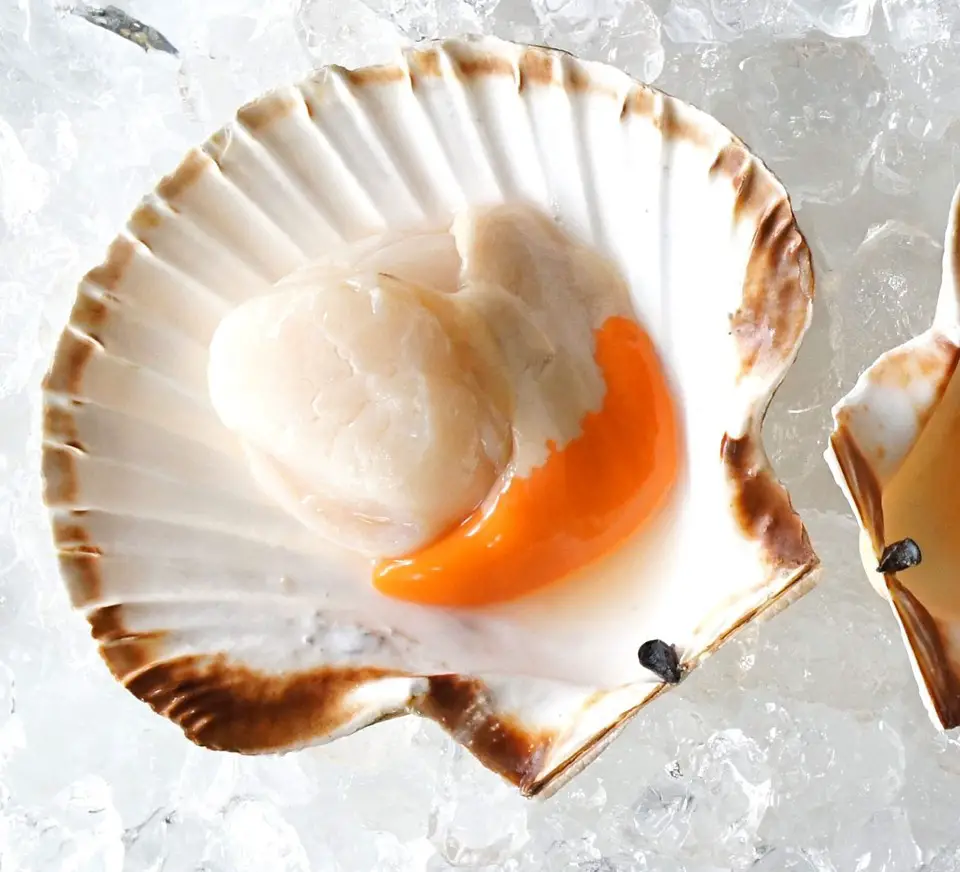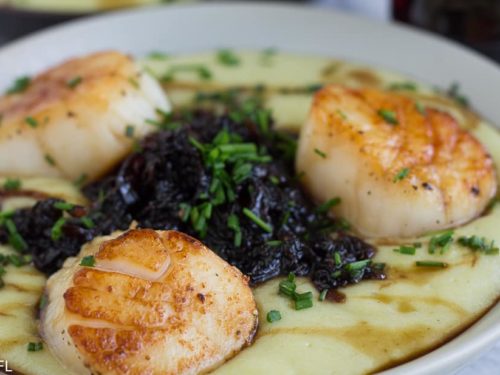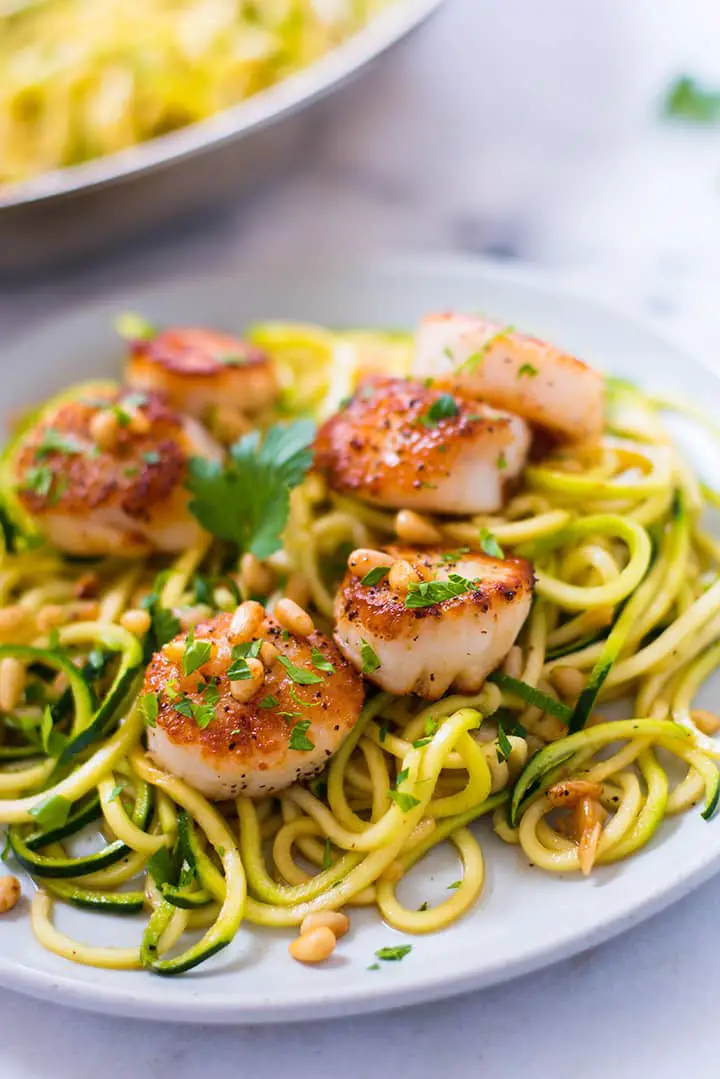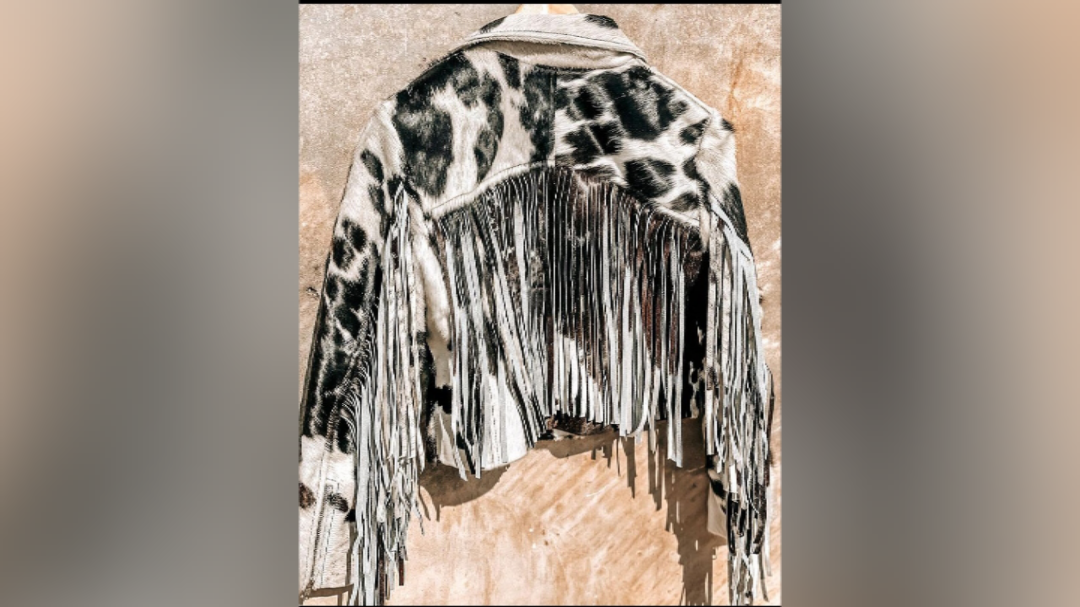Scallop is an expensive seafood packed with protein because of its high demand and harvesting effort, some eat it raw and alive. For new seafood enthusiasts, there is much to learn here.
You decided to treat yourself to a nice seafood dinner at a fancy diner and encounter scallops on the menu; you can’t help but wonder if it will taste as good as people say. Should you eat it raw? Is it fresh? Are the scallops alive after cooking? You have read about other people’s experiences, and you would like to have firsthand knowledge yourself.
A scallop is a type of seafood packed with protein and easy to prepare; it is a shellfish every seafood lover must try. Aside from its nutritional benefits, it has a delicious taste, both cooked and raw. Yes, your read that right: some people eat scallops raw. Before I dive deeper into various methods of enjoying this dish, let’s look at the meaning and origin of the scallop.
What Are Scallops?
Scallops are shellfish species with an edible adductor muscle; they are round, tender, slightly sweet, delicate, with briny saltiness. When cooked properly, they become tender and buttery. If you decide to buy scallops from the seafood market or grocery store, you will notice two types: sea scallops and bay scallops.
The bay varieties are smaller and more tender, while the sea scallops are enormous and can grow up to two inches in size.

History
The name scallop is associated with different species of the saltwater clan in the taxonomic family “Pectinidae.” Their existence can be traced back three hundred million years in fossil form, and there are over three hundred living species of the scallop in today’s world.
This delicious shellfish belongs to a cosmopolitan family of bivalves found in oceans worldwide – but not in freshwater. Unlike other species in the bivalves clan, scallops can rapidly swim short distances and even migrate across the seafloor.
The scallop is a highly prized seafood species because of its nutritional value and its brightly colored shells valued by shell collectors for art, design, and architectural motifs. Also, they are expensive because of the growing demand for them.
There are two commercial varieties of the scallop formed in Scotland; the king scallop and the smaller queen scallop. They both thrive around the West Coast, and they are filter feeders depending on the surrounding water for their existence.
Types of Scallops
There are various species of scallops, but they all fall under one of two umbrellas – either the sea scallops or the bay scallops. The most common type found at restaurants and grocery markets is the sea scallops because of their size.

1. Sea Scallops
Sea scallops are found in deep, cold ocean water worldwide and are usually dredged up with crawlers or nets. Often, the scallops we see and consume are harvested by scuba divers – referred to as diver scallops – because it is the most sustainable way of getting sea scallops, although they carry a higher price tag. Sea scallops are expensive because of the risk and effort associated with getting them from the deep.
While harvesting, a pound of sea scallops is usually around twenty to thirty pieces. They are caught year-round and are generally around 1 and a half to 2 inches in diameter. The sea scallop is not as tender as the bay scallops but cooks quickly.
2. Bay scallops
The bay scallops are very tender and delicate and found in shallow waters, estuaries, and bays along the East Coasts. They are minimal, with most measuring about one-half inch in diameter, and can produce between fifty to a hundred scallops per pound. Because of how small they are in size, they are more tender and have a sweeter flavor.
They also cook faster than the sea scallops and are used in quick sautés, broiling, and gentle poaching; plus, they are less expensive than the bigger sea scallops.
3. Calico Scallops
The Calico scallops can sometimes be labeled as bay scallops, but they are harvested from the warm waters of Florida’s Atlantic and Gulf Coasts down to Central and South America. They are different from the bay scallops because they are smaller, producing between a hundred and two hundred scallops per pound – and the patchwork red and pink coloring on their shell. The calico scallops are the cheapest of their clan.
4. Patagonian Scallops
These are also similar to the bay scallops but are harvested from the icy-cold Antarctic waters off the coast of Argentina. They are also small, sweet, and tender but not as common as the bay scallops.
How to Buy scallop
Compared to other shellfish animals like oysters, clams, or mussels, the scallop dies pretty fast after being harvested. What harvesters do to keep them looking fresh is to freeze and shuck them before delivering them to your local grocery store. A scallop previously frozen should not be dry or mushy.
The sea scallops are usually creamy off-white or light pink hue, while the bay scallops are pale pink or bright orange. If you are buying live scallops, ensure you give them a pat on the shell, a healthy one will shut down once tapped. Moreso, fresh scallops should smell like the ocean.
Lastly, when buying, look for dry-packed scallops as many frozen options are soaked in a phosphate solution to preserve texture and flavor, which adversely produces a soapy taste to the flavor. The solution also increases the amount of water the scallops hold, resulting in a soggy scallop: the dry-packed option does not have the solution.
How to Cook Scallops
When preparing your scallops, bear in mind that the method of cooking the bay and sea scallops slightly differs. Because the sea scallops have a chewier texture, they turn out better when seared; this gives it the right crispy exterior that you know.
The bay scallops are more delicate, sweeter, and easy to cook. They lend themselves better to sautés, broiling, and gentle poaching. If you decide to grill, both bivalves produce good results via this method so long as you use skewers to prevent losing scallops and easy flipping.
How to Serve Scallops

Scallops are like a lot of protein, easy to serve, and highly versatile; you can eat them with soup, salads, pasta, stir-fries, and many more. If you consider having a simple but classically served meal with scallop, you should sear it in butter and serve over pasta sizzled with olive oil, a sprinkle of parmesan cheese, and a squeeze of lemon.
If you want something more traditional, you can serve your scallop with rice and salad. You can also choose to serve with pureed cauliflower or root vegetables. An advice I will give is to prepare your scallop last if you make other dishes to eat alongside because it cooks fast; you want to eat your scallops as soon as they are cooked to get the best flavor and texture.
Can you eat scallops alive?
Yes, scallops can be eaten raw. It is said to taste better when eaten without cooking. Although eating it fresh might not be as common as eating it cooked, it is still quite enjoyable for people who love seafood. When eating it raw, only the adductor muscle is consumed; the caviar or roe should not be eaten.
How to enjoy raw scallops
Just like when you cook your scallop and efficiently serve it with other meals, your raw scallop can also be eaten with sides or straight up with no seasoning after harvesting.
Why eating raw Scallops alive is risky
Scallops generally grow in estuaries, and these rivers runoff from water treatment plants and, sometimes, raw sewage. Scallops feed on the microorganisms in these waters, and any parasites or pathogens can be easily passed to you.
Although cooking will kill any bacteria, virus, or pathogen in the scallops, you can still eat your scallops raw if you are sure it was harvested from safe waters.
Nutritional Benefits of the Scallops
Scallops are pretty nutritious and possess various health benefits, some of which are:
1. Highly Nutritious
Like most seafood, scallops are rich in protein, Omega-3 fatty acids, calcium, iron, magnesium, vitamin B12, Phosphorous, potassium, zinc, copper, selenium, and calories with little fat and no carbs. These minerals are essential to human health and promote a healthy immune system.
2. Aid weight loss
If you are on a diet, the content of the scallops will help you stay on course with its high protein and low calories. Protein makes you feel satisfied, resulting in a decrease in your calorie intake.
3. Good for your brain and nervous system
The scallops contain a few nutrients essential to the brain and nervous system development. Vitamins B12, zinc, and Omega-3 fatty acid ensure proper development of the nervous system, reducing your risk of developing a mental condition.
4. Promote healthy heart
Some other nutrients in the scallops like magnesium and potassium, help keep your heart healthy by relaxing your blood vessels.

What part of the scallop do you eat?
If you are eating a cooked scallop, you can eat the white fleshy adductor muscle located inside the shell, the bright orange soft roe, and the frilly membrane; if you are eating it raw, you should stick to the white fleshy adductor muscle.
Are the scallop eyes alive?
Yes, the scallops have between fifty to a hundred small, bead-like bright blue eyes located along the edges of their shell opening used to detect darkness, light, and motion; their retina is used in the same way humans do when focusing on light.
Scallops are a great source of nutrients that promote healthier health, and they make a delicious addition to your meals. You may also like to read this article, Broccoli Recipe, Preparations and How Long to Boil Broccoli.






















About Me
Fashion & Beauty Enthusiast
Hi, I'm Fanti. I'm a fashion, beauty, and lifestyle enthusiast, and the ultimate curves queen. Here, I share beauty, fashion, and lifestyle tips to teach, inspire, and give confidence to all women.